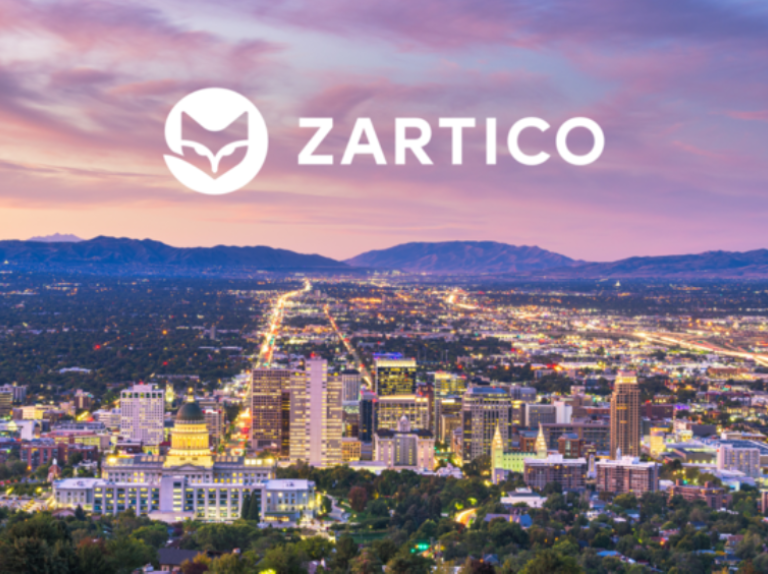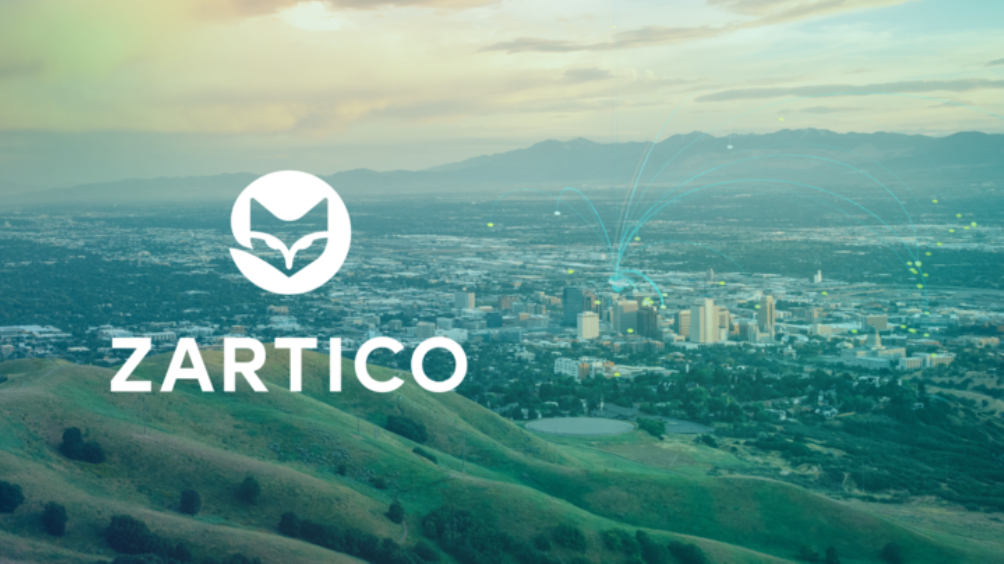
In today’s environment, where every dollar must prove its worth, DMOs can no longer afford to optimize for volume alone. Measuring effectiveness reveals how you’re influencing visitor behavior. DMOs can now connect exposure to behavior, identify high-efficiency markets, and build smarter strategies that combine long-term brand investment with short-term performance.
Tourism marketers have never faced more pressure to prove their impact. Whether defending their budgets, justifying media investments, or advocating for their role in economic development, DMOs are constantly asked: What did we get for the dollars we spent?
Traditionally, the answer revolves around volume:
- How many visitors did we drive?
- How many hotel nights were booked?
- How much spending occurred in-market?
But volume alone only tells part of the story. To unlock smarter strategy, the more important question is:
What value did we create for the investment we made?
That means looking not just at what we achieved, but how we got there—how efficiently we converted potential travelers into actual visitors, and how effectively we nudged behavior in alignment with our goals.
At Zartico, we believe the future of destination marketing lies in measuring value—not just counting outcomes. That starts by identifying high-efficiency markets, understanding cost per acquisition, and aligning brand-building with behavior-shifting results.
What Is a High-Efficiency Market?
Let’s start with a simple scenario:
Market A generated 5,000 visits after a campaign.
Market B generated 2,500 visits.
Most would say Market A “won.” But now consider cost:
Market A had a cost per acquisition (CPA) of $50.
Market B had a CPA of $5.
Suddenly, Market B delivers 10x more value. You could get 10 times the impact in Market B for the same media spend.
This is what we mean by a high-efficiency market—a place where every marketing dollar works harder, reaches more of the right people, and drives more measurable behavior. Efficient campaigns help deliver greater value by increasing return without increasing spend.
Why Volume Metrics Alone Are Misleading
Many DMOs still optimize media based on total arrivals or conversion counts. But this approach can lead to misallocated spend—over investing in high-cost markets while ignoring more responsive, efficient ones.
It’s like measuring your car’s performance only by how far it drove, without asking how much gas it used.
This is where tourism marketers can borrow from Les Binet’s work in effectiveness marketing: great marketing isn’t just about results—it’s about the return on effort and spend.
With the right data, you can compare:
- Conversion rates by market
- Cost per visitor
- Spend per visitor or length of stay
This allows for value-focused media planning, not just reach-based or legacy targeting.

Findings: Proximity Converts
Zartico’s analysis across hundreds of campaigns reveals a powerful pattern:
Visitors from proximity markets (within 3 hours) convert at 2–3x the rate of mid-distance markets.
Visitors from distant markets (8+ hours away) are 10x more expensive to acquire.
This isn’t just a media trend—it’s backed by real behavioral data. Travelers closer to your destination are easier to influence, travel more frequently, and require fewer impressions to move to action. They represent your most efficient and high-value path to growth—especially when budgets are tight.
Our tools help DMOs surface these high-efficiency markets using real-time visitation data, behavioral trends, and campaign attribution tied to actual arrival behavior.
“But Those Visitors Would Have Come Anyway…”
It’s a question almost every DMO has heard—from stakeholders, media critics, or even elected officials:
“How do you know your marketing made a difference?”
“Wouldn’t those visitors have come anyway?”
It’s a fair concern. But here’s how to respond:
Not all visitors are equal. Marketing helps reach new or infrequent travelers—not just repeat visitors already predisposed to return.
Marketing moves behavior on the margins. Even subtle shifts—when someone travels, how long they stay, or what they do—drive measurable economic value.
Attribution shows lift. Zartico’s models measure behavior changes at the market level, isolating increases in arrivals tied to campaign exposure.
In short, we’re not trying to claim credit for everyone who visits. We’re proving where your dollars had the greatest influence—and delivered the most incremental value.
Think Travel Is Different? Ask a Car Brand
Some argue that tourism marketing is different from consumer goods. But here’s a helpful analogy:
Car shopping.
Most consumers buy a car every 5 to 10 years—yet automotive brands advertise constantly. Why?
Because when that rare buying moment arrives, they want to be on the mental shortlist. They’re investing in mental availability, a concept coined by Byron Sharp in How Brands Grow.
The same applies to travel:
People don’t plan vacations every week.
But when they do, they only consider a few destinations.
If your brand isn’t in the mix when they decide—you’re not getting the trip.
This is why visibility matters. Tourism marketers aren’t just advertising to drive bookings today. You’re building awareness and future value—ensuring your destination is remembered when the moment is right.
From “What Happened?” to “What’s Working?”
Once you shift from measuring volume to measuring value, everything changes.
You spot under-valued markets where your brand resonates deeply.
You identify vendors or creative strategies delivering better ROI.
You refine budget allocations in real time—not three months later.
Instead of just explaining what happened, you’re learning what’s working—and why. That’s the kind of insight that earns trust, unlocks funding, and drives better decisions.
Final Takeaway: Value Is the Smartest Metric
In today’s environment, where every dollar must prove its worth, DMOs can no longer afford to optimize for volume alone.
Measuring efficiency helps uncover where your brand has power. Measuring effectiveness reveals how you’re influencing visitor behavior. Together, they define value—the true measure of marketing success.
With tools like Zartico Media Attribution and real-time arrival data, DMOs can connect exposure to behavior, identify high-efficiency markets, and build smarter strategies that combine long-term brand investment with short-term performance.
Because at the end of the day, your job isn’t just to count visitors.
It’s to deliver value. Efficiently. Effectively. And measurably.
Submit Your Thought Leadership

Share your thought leadership with the Destinations International team! Learn how to submit a case study, blog or other piece of content to DI.


